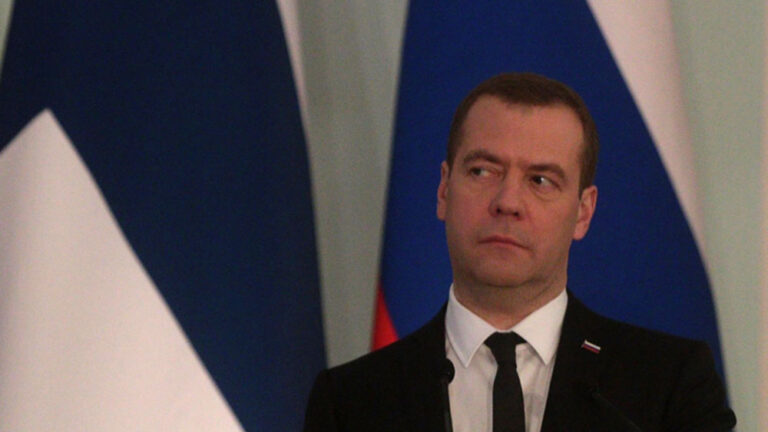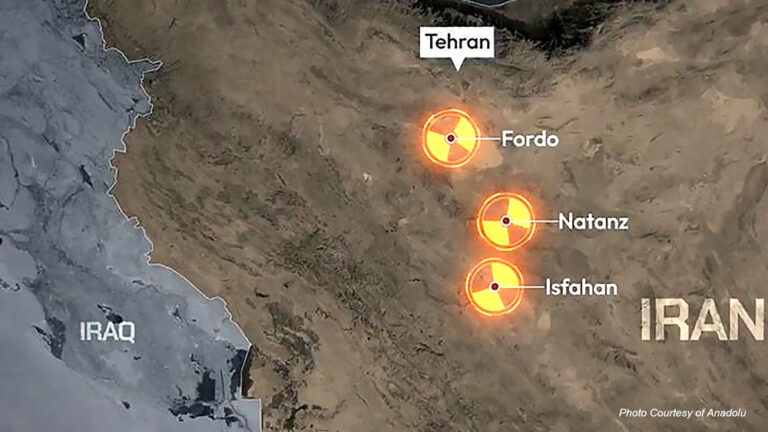South Korea says it has seen indications that the North is preparing more missile
launches, possibly an intercontinental ballistic missile.
Defence officials have been briefing parliament in Seoul after the North’s test of a nuclear bomb at the weekend.
The South has responded to the test with live-fire exercises, with both ground- and air-launched rockets.
The US has warned that any threat to itself or its allies would be met with a “massive military response”.
The North says it tested a hydrogen bomb that can fit on to a long-range missile.
Pyongyang has repeatedly defied UN sanctions and international pressure by developing nuclear weapons and testing missiles, and the provocations have only intensified.
launches, possibly an intercontinental ballistic missile.
Defence officials have been briefing parliament in Seoul after the North’s test of a nuclear bomb at the weekend.
The South has responded to the test with live-fire exercises, with both ground- and air-launched rockets.
The US has warned that any threat to itself or its allies would be met with a “massive military response”.
The North says it tested a hydrogen bomb that can fit on to a long-range missile.
Pyongyang has repeatedly defied UN sanctions and international pressure by developing nuclear weapons and testing missiles, and the provocations have only intensified.
In the past two months it has conducted intercontinental ballistic missile tests, sending one over mainland Japan into the Pacific Ocean. It has also threatened to fire missiles towards the US Pacific territory of Guam.
The United Nations Security Council is to hold an emergency meeting later on Monday to discuss its response.
Ahead of that meeting, South Korea and Japan’s leaders had agreed to push for a stronger UN resolution on North Korea, said a South Korean presidential palace spokesman.
The Security Council last imposed sanctions in August, targeting North Korean exports.
Chang Kyung-soo, a defence ministry official, told parliament: “We have continued to see signs of possibly more ballistic missile launches. We also forecast North Korea could fire an intercontinental ballistic missile.”
The ministry also told parliament the US would seek to deploy a nuclear-powered aircraft carrier to seas off the peninsula.
It also said there would be more live-fire drills this month, involving Taurus air-to-surface missiles mounted on F-15 jets.
Monday’s drills by the South simulated the targeting of the Punggye-ri nuclear site in Kilju County, where North Korea carried out its bomb test.
“The training demonstrates the South Korean military’s resolve to destroy not only the origin of provocation but also the enemy’s leadership and supporting forces if they threaten the security of our people,” army spokesman Col Roh Jae-cheon is quoted as saying by South Korea’s Yonhap news agency.
South Korea and the US had also agreed “in principle” to revise current guidelines so that the South could double the maximum payload of its ballistic missiles, Yonhap also reported.
On Sunday, seismologists started picking up readings of an earth tremor in the area where North Korea had conducted nuclear tests before
The US Geological Survey put the tremor at 6.3 magnitude.
North Korean state media later confirmed it was no earthquake, claiming it was in fact its sixth and most powerful nuclear test, detonating what it said was a hydrogen bomb that could be loaded on to a long-range missile.
Pyongyang then released pictures of leader Kim Jong-un with what state media said was a new type of hydrogen bomb.
Officials in China, where the blast was felt as a tremor, said they were carrying out emergency radiation testing along the border with North Korea.
Although experts have urged caution, Sunday’s event appears to be the biggest and most successful nuclear test by North Korea to date – and the messaging is clear: North Korea wants to demonstrate it knows what makes a credible nuclear warhead.
It’s become a war of photographs, for a few hours at least. After Sunday’s underground nuclear test in the North, the government in the South released images of its own missiles launched at dawn.
It’s the second time in a week that Seoul has responded with a test bombing run. That’s in addition to the show of military might that was on display in its annual exercise with US forces at the end of last month.
That enraged Pyongyang, as it does every year, and there are more missiles on the way. South Korea is expected to approve the deployment of the US missile defence system known as Thaad (Terminal High-Altitude Area Defense) – an environmental impact report is the final hurdle.
But that involves a fourth party. China has criticised the system, claiming it threatens its security.
The nuclear test prompted an angry response from US President Donald Trump who denounced the test as “hostile” and “dangerous”, and called the North a “rogue nation”.
He added that the US was considering stopping all trade with any country doing business with North Korea, which relies on China for about 90% of its foreign trade.
US Defence Secretary James Mattis later told reporters that while the US would respond to any threat “with a massive military response, a response both effective and overwhelming”, although they were “not looking to the total annihilation of a country, namely North Korea”.
A White House statement also said that Washington would defend itself and its allies “using the full range of diplomatic, conventional, and nuclear capabilities at our disposal”.
South Korean President Moon Jae-in called the test an “absurd strategic mistake” and urged for the “strongest possible” response, including new UN Security Council sanctions to “completely isolate” the country.
China, meanwhile, also expressed “strong condemnation” and said North Korea “had ignored the international community’s widespread opposition”.
Estimations of the power of the tested device have varied widely, from 50 kilotons to 120 kilotons. A 50kt device would be about three times the size of the bomb that struck Hiroshima in 1945.
Hydrogen bombs are many times more powerful than an atomic bomb. They use fusion – the merging of atoms – to unleash huge amounts of energy, whereas atomic bombs use nuclear fission, or the splitting of atoms.
Analysts say the North’s claims should be treated with caution, but that its nuclear capability is clearly advancing.(BBC News)
Link: http://www.bbc.com/news/world-asia-41144356



